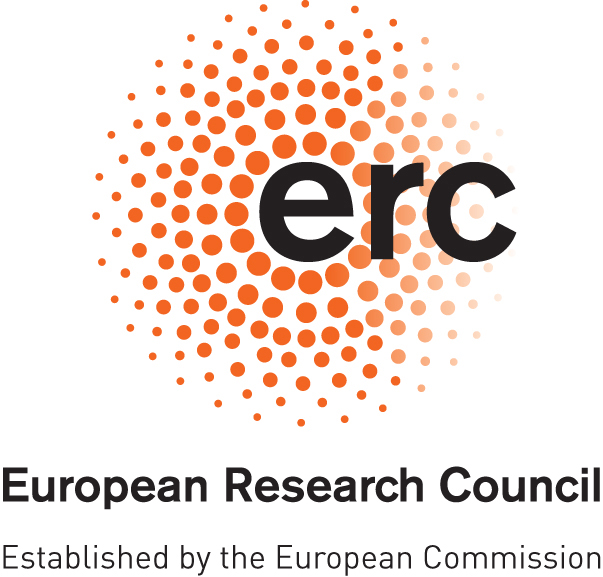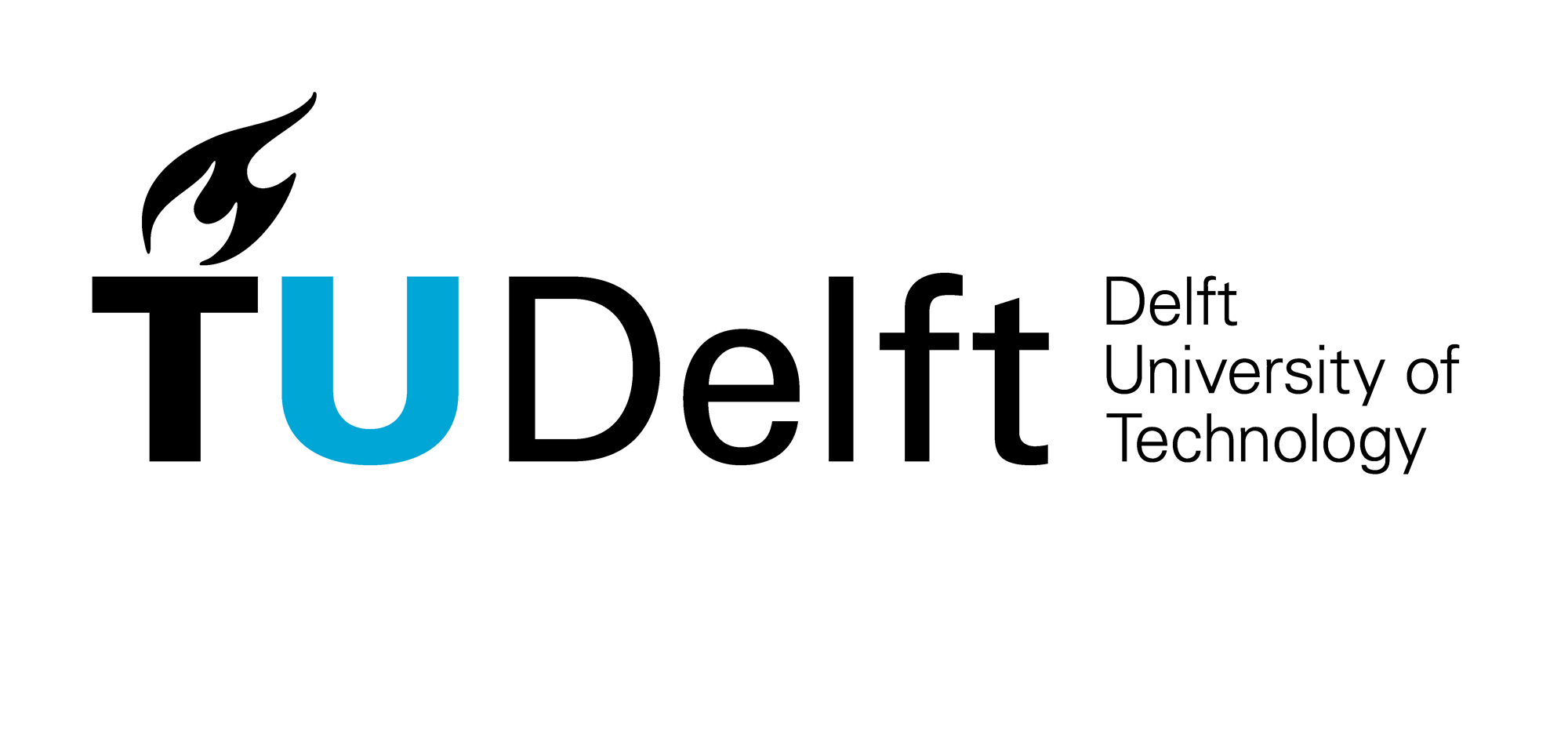Objectives
Identifying EEG sources with novel closed-loop system identification techniques: Advanced system identification techniques will differentiate linear and nonlinear properties of the sensorimotor system. Using multisine perturbations, specific frequencies will be stimulated and recovered from the EEG with high signal-to-noise ratio. A functional network of brain structures will be identified.
Improving EEG source estimates: Source localization algorithms will benefit from the multisine approach. Multisine perturbations will concentrate information in just a few frequencies, considerably improving the resolution of localization.
Combining functional and anatomical information - 4D-EEG and diffusion tensor imaging: Diffusion tensor imaging (DTI) will give insights into patient-specific damage in the corticospinal tract. Anatomical information will connect with the functional network obtained from quantitative analysis of the EEG.
Application to clinical assessment of patients with stroke: New hypotheses about the longitudinal relationship between motor learning and cortical map plasticity will be generated and validated. The 4D-EEG methodology will be central to a clinical study with stroke patients, following an intensive, repeated measurements design.
Applications to other motor control tasks: Extensions of the 4D-EEG methodology to complex tasks, such as driving a car, will be investigated.


